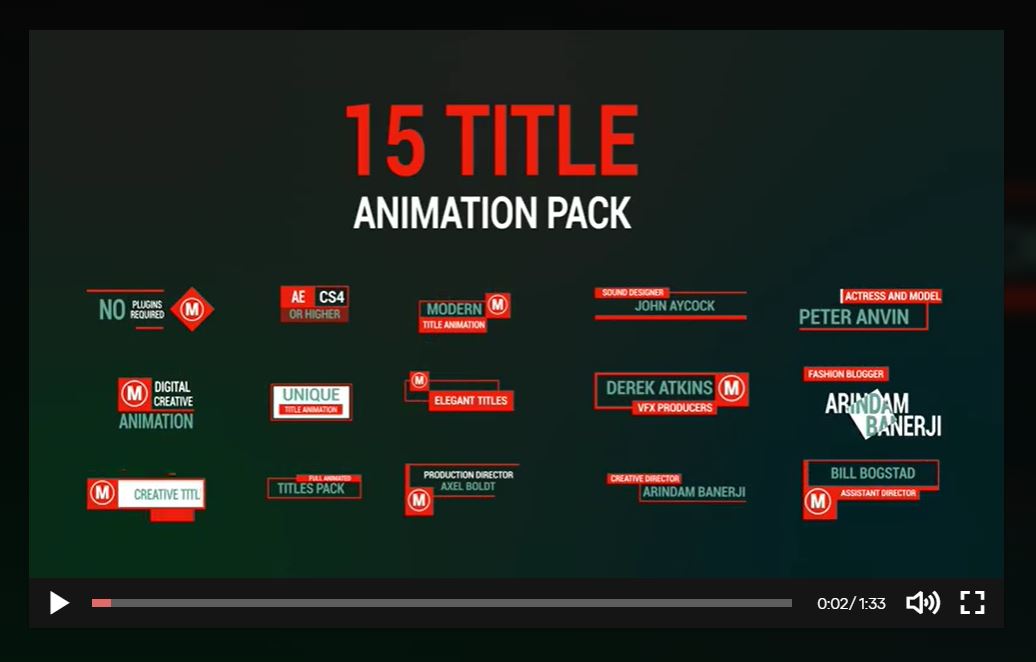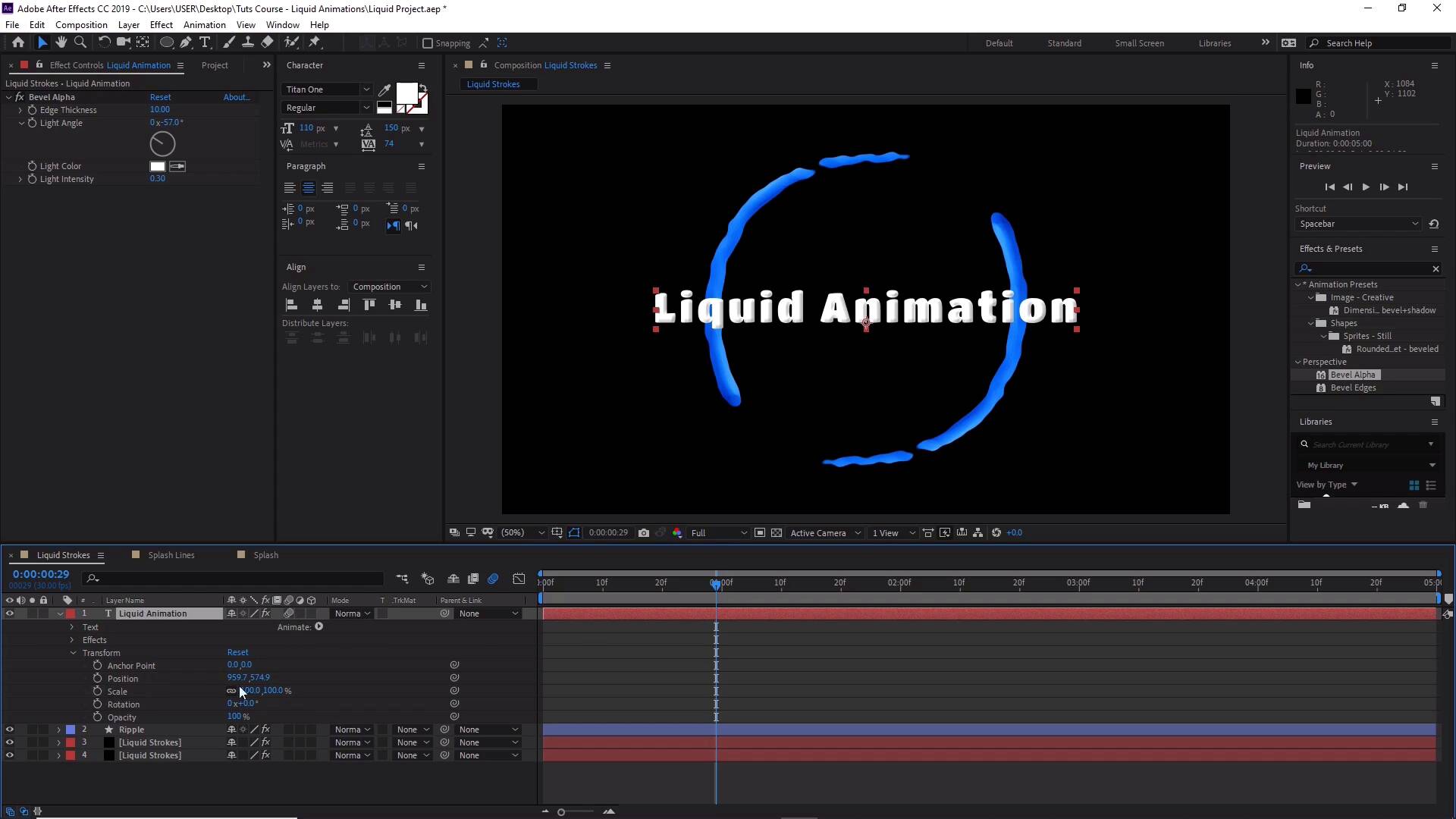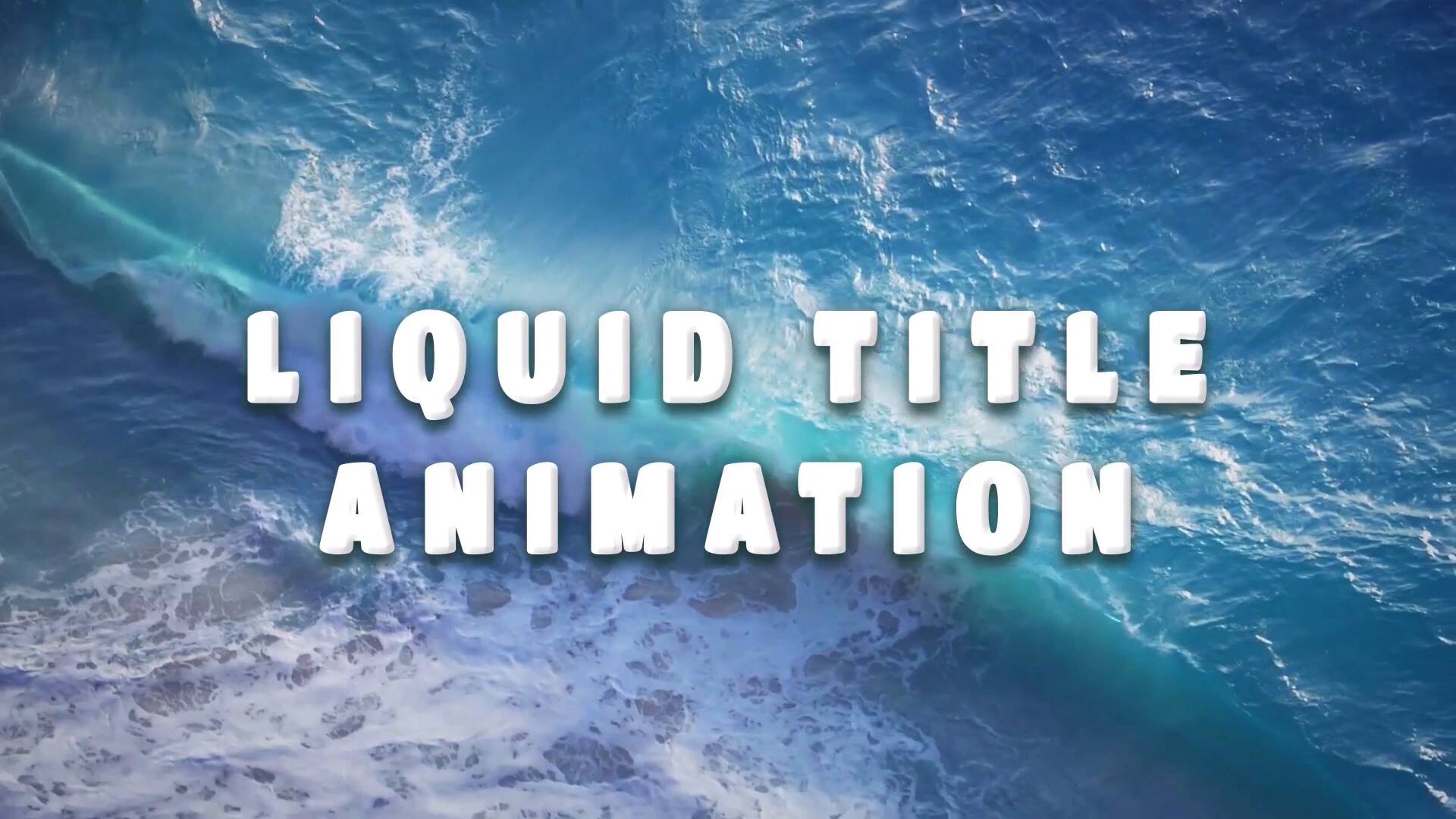Adobe After Effects Title Animation

In the ever-evolving landscape of digital content creation, the art of captivating an audience within the first few seconds has become paramount. Animating titles using tools like Adobe After Effects has emerged as a crucial technique. This skill allows video editors and motion graphics artists to produce visually stunning and engaging content.
The ability to craft dynamic and memorable title sequences in After Effects is no longer a niche skill. It's now a fundamental requirement for success in numerous industries. From film and television to marketing and online education, animated titles are critical in grabbing attention, conveying information, and establishing brand identity.
The Rise of Animated Titles
Animated titles offer a level of sophistication and engagement unmatched by static text. They can communicate a feeling or message more efficiently than plain text. This is achieved through movement, color, and design.
This article will explore the growing importance of Adobe After Effects in creating these compelling visual narratives. We'll examine industry trends, expert opinions, and the impact of animated titles on content consumption.
The After Effects Advantage
Adobe After Effects is a powerful motion graphics and visual effects software widely recognized as the industry standard. It offers a comprehensive suite of tools that enable users to create intricate animations and visual effects. The program makes it a go-to choice for professionals.
According to a recent report by Adobe, the usage of After Effects for title animation has increased by 35% in the last two years. This data highlights the growing demand for skilled animators.
After Effects allows users to keyframe properties like position, scale, rotation, and opacity. This granular control allows for highly customized animation.
Key Techniques and Trends
Several key techniques and trends dominate the world of After Effects title animation. These techniques and trends provide visual styles.
Kinetic Typography, which uses text as a primary visual element in motion, remains incredibly popular. It is often used to emphasize key messages or create a sense of energy and dynamism.
Another popular trend is the use of 3D titles, which add depth and realism to the animation. These are often combined with other elements. This creates visually rich and immersive experiences.
Motion graphics artist Sarah Jones notes, "The key to successful title animation is to blend technical skill with artistic vision. Understanding animation principles is crucial."
Impact on Content Consumption
Animated titles significantly impact how viewers perceive and engage with content. A well-crafted title sequence can immediately establish the tone and style of a video. This sets the stage for the rest of the content.
Studies have shown that videos with engaging animated titles have higher click-through rates and longer watch times. This means it's more likely to attract viewers and retain their attention.
Online education is one area where animated titles are particularly valuable. Clear and engaging visuals can enhance learning. The visuals break down complex concepts.
"In a world saturated with content, grabbing attention quickly is critical. Animated titles do just that." - Mark Thompson, Marketing Director at a leading video production company.
Challenges and Future Directions
Despite its power and versatility, After Effects can be challenging to master. The software has a steep learning curve. It requires a significant investment of time and effort to become proficient.
However, the growing availability of online tutorials, courses, and templates is making it easier for aspiring animators to learn the ropes. These resources democratize access to the software.
Looking ahead, the future of After Effects title animation is likely to be shaped by several factors. This include advances in artificial intelligence and virtual reality.
AI-powered tools could automate some of the more repetitive tasks involved in animation. This freeing up animators to focus on more creative aspects of their work.
Virtual reality experiences are also driving demand for immersive and interactive title sequences. This allows viewers to engage with content in new and exciting ways.
The integration of real-time rendering capabilities into After Effects could also revolutionize the animation workflow. It allows for faster iteration and experimentation.
Conclusion
Adobe After Effects title animation is more than just a visual flourish. It's a critical tool for capturing attention, conveying information, and establishing brand identity in today's digital landscape. Its importance is set to grow further.
As technology evolves and content consumption habits continue to shift, mastering the art of animated titles will remain an invaluable skill for anyone seeking to create compelling and engaging visual content. The visual content includes video editors, motion graphics artists, and marketers.


















